- Home
- Articles
- Architectural Portfolio
- Architectral Presentation
- Inspirational Stories
- Architecture News
- Visualization
- BIM Industry
- Facade Design
- Parametric Design
- Career
- Landscape Architecture
- Construction
- Artificial Intelligence
- Sketching
- Design Softwares
- Diagrams
- Writing
- Architectural Tips
- Sustainability
- Courses
- Concept
- Technology
- History & Heritage
- Future of Architecture
- Guides & How-To
- Art & Culture
- Projects
- Interior Design
- Competitions
- Jobs
- Store
- Tools
- More
- Home
- Articles
- Architectural Portfolio
- Architectral Presentation
- Inspirational Stories
- Architecture News
- Visualization
- BIM Industry
- Facade Design
- Parametric Design
- Career
- Landscape Architecture
- Construction
- Artificial Intelligence
- Sketching
- Design Softwares
- Diagrams
- Writing
- Architectural Tips
- Sustainability
- Courses
- Concept
- Technology
- History & Heritage
- Future of Architecture
- Guides & How-To
- Art & Culture
- Projects
- Interior Design
- Competitions
- Jobs
- Store
- Tools
- More
Top Design Suggestions for Small Interiors to Maximize Space and Style
Discover smart design ideas for small interiors that blend functionality and style. Learn how to maximize space with multi-purpose furniture, clever storage solutions, effective lighting, and thoughtful layouts. From color schemes to personal touches, this guide will help you transform compact spaces into inviting, practical, and stylish havens.
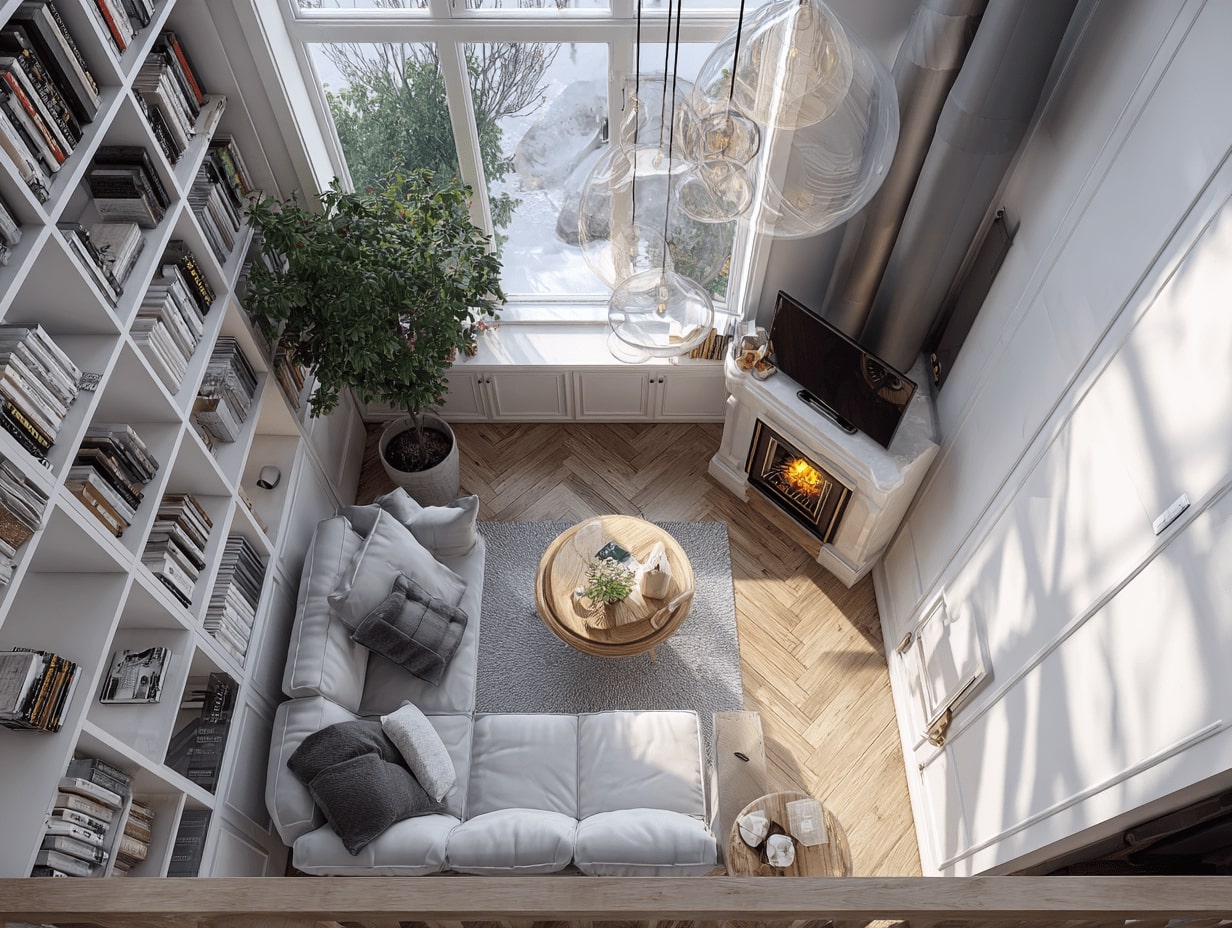
Designing small interiors can feel like solving a tricky puzzle, but with the right approach, even the tiniest spaces can shine. It’s all about making smart choices that maximize functionality without sacrificing style. From clever storage solutions to strategic furniture placement, there’s so much we can do to create spaces that are both practical and inviting.
We know how challenging it can be to balance aesthetics and usability in compact areas, but it’s not impossible. By focusing on light, color, and multi-purpose pieces, we can transform cramped rooms into cozy, functional havens. Let’s explore some simple yet impactful design ideas to make the most of every square inch.

Table of Contents
ToggleMaximizing Space In Small Interiors
Optimizing small interiors involves using every corner efficiently without sacrificing comfort or style. Let’s explore key strategies for getting the most out of compact spaces.

Choosing Multi-Functional Furniture
Multi-functional furniture combines practicality and style, making it essential for small interiors. Sofas with hidden storage, extendable dining tables, and ottomans that double as seating and storage are versatile examples. Foldable desks or Murphy beds can provide functionality only when needed, freeing up space the rest of the time.
Utilizing Vertical Space
Vertical space often goes underused in small interiors. Installing tall shelving units, wall-mounted cabinets, or floating shelves helps store items without taking up floor space. Using hooks or racks for hanging plants, bags, or kitchen utensils is another effective option. Floor-to-ceiling bookcases create visual appeal and maximize storage capacity.
Smart Storage Solutions
Efficient storage organizes clutter and frees up living areas. Hidden compartments in stairs or under beds, pull-out drawers within kitchen cabinets, and furniture with built-in shelving optimize unused spaces. Storage baskets or bins under furniture can keep items neatly concealed while still accessible. Clear storage solutions help locate items quickly without disrupting organization.
Lighting Ideas For Small Interiors
Effective lighting transforms small interiors, making spaces feel open and inviting. By incorporating natural light, reflective surfaces, and compact lighting options, we can optimize both functionality and aesthetics.

Making Use Of Natural Light
Maximizing natural light enhances the perception of space in compact interiors. Large windows, skylights, or glass doors allow daylight to permeate freely. For privacy without blocking light, use translucent materials like sheer curtains or frosted glass. Avoid bulky window treatments that obstruct light, opting instead for light, airy designs.
Adding Mirrors For Light Reflection
Mirrors amplify light distribution, creating an illusion of depth. Strategically position mirrors across from windows or light sources to reflect brightness throughout the room. Oversized wall mirrors or mirrored paneling expand visual dimensions in confined spaces. Opt for decorative mirrors that match the overall design while serving a functional role.
Selecting Space-Saving Lighting Fixtures
Compact fixtures ensure functional illumination without occupying valuable space. Wall sconces, recessed lights, or pendant lights minimize clutter compared to bulky table or floor lamps. Choose adjustable options, like swing-arm sconces, for added versatility. Pair dimmable LED fixtures with warm light tones to create a cozy ambiance while saving energy.
Choosing Colors And Patterns
Selecting the right colors and patterns significantly impacts how spacious and harmonious a small interior feels. Thoughtful combinations can enhance both aesthetics and functionality.

Light And Neutral Color Schemes
Opting for light and neutral tones like white, beige, and soft grays makes small interiors appear more expansive by reflecting natural and artificial light. These hues reduce visual clutter and create a sense of continuity across spaces. For instance, matching wall colors with flooring or furniture amplifies this effect, making the area feel cohesive. Glossy or semi-gloss finishes further enhance brightness by bouncing light around the room.
Using Patterns Strategically
Patterns, when used purposefully, add character without overwhelming the space. Vertical stripes on walls or curtains draw the eye upward, emphasizing height, while small-scale repeating motifs maintain balance in limited spaces. It’s essential to limit busy patterns to one or two elements, such as throw pillows or rugs, to avoid visual overwhelm. Geometric or abstract patterns in muted tones complement clean lines typically found in modern designs.
Incorporating Accents To Add Depth
Introducing accent colors through decorative pieces like artwork, vases, or cushions brings depth and visual interest. Deep blue or forest green accents provide contrast when placed against neutral backdrops, creating a focal point in the room. Metallic or textured accents, such as bronze lamp bases or velvet cushions, add a layer of sophistication without overcrowding the design.
Designing Functional Layouts
Efficient layouts transform small interiors into spaces that balance function with style. Thoughtful planning ensures every square inch serves a practical purpose.

Creating Defined Zones
Defining zones in open spaces enhances functionality without crowding. Area rugs, shelving units, or furniture arrangements establish clear divisions between living, dining, and working spaces. For example, a sofa’s back can delineate a lounge area from a home office. Visual cues, like different wall colors or materials, reinforce boundaries while maintaining cohesion.
Prioritizing Open Flow
An open flow creates a sense of continuity and eliminates visual barriers. Arranging furniture along walls frees up central areas, offering unobstructed movement. Opting for low-profile pieces, such as armless chairs or slim tables, reduces bulk and prevents blockage of natural light paths. Transparent furnishings, including glass tables or acrylic chairs, further open the space.
Embracing Minimalism
Minimalism maintains practicality without clutter in small interiors. Focusing on essential furniture ensures nothing feels overcrowded. For instance, a bed with built-in drawers or a wall-mounted desk supports functionality without taking up excessive space. Neutral palettes and simple decor choices, like monochrome artwork or textured fabric, enhance the clean, open aesthetic.
Incorporating Personal Style
Small interiors benefit from personalized touches that reflect individuality while maintaining a cohesive design. Thoughtful choices can add character without overwhelming limited space.

Adding Statement Pieces
Introducing one or two bold, statement pieces anchors a space and creates visual interest. Items like a vibrant area rug, a textured wall hanging, or a uniquely designed chair command attention without requiring excess decor. Choosing items that double as functional elements, such as a sculptural light fixture or an upholstered ottoman with storage, ensures practicality in small interiors.
Reflecting Personality Through Decor
Incorporating personal items like framed photos, vintage finds, or handmade crafts imbues the space with character. Displaying a curated collection of books, art prints, or travel mementos on open shelving adds depth and tells a story about the occupant. Opting for compact decorative elements, like small vases or tabletop sculptures, prevents visual clutter while reinforcing personal style.
Keeping It Balanced And Cohesive
Maintaining balance in design ensures that personal style doesn’t overshadow functionality. Using a consistent color palette or material theme unifies diverse elements, creating harmony. Repeating textures, patterns, or finishes across multiple pieces, such as coordinating metal tones in fixtures and decor, ties the design together. Keeping small interiors visually structured avoids the sense of chaos and enhances overall appeal.
Conclusion
Designing small interiors demands thoughtful planning, creativity, and the strategic use of space to balance functionality and style. By incorporating multi-functional furniture like storage ottomans and wall-mounted desks, we can maximize every square inch without compromising comfort. Vertical space can become an asset when we opt for tall cabinets or floating shelves that enhance storage while maintaining a sleek look.
Effective lighting choices, such as recessed fixtures or strategically placed mirrors, help enhance brightness and the illusion of space. Neutral color palettes combined with subtle patterns and metallic accents allow us to maintain an open, cohesive ambiance while adding depth and personality.
Prioritizing layout by creating distinct zones with minimal furniture ensures an open flow, while personal touches like curated decor or bold statement pieces reflect individual style without overwhelming the interior. When we unite functionality, aesthetics, and personal expression, small spaces transform into harmonious, livable environments.
- compact home interior design
- contemporary small apartment ideas
- creative small space design
- decorating small spaces
- Design Ideas for Small Spaces
- efficient use of small spaces
- functional design for small interiors
- interior design for small apartments
- maximize small living space
- minimalist design for small homes
- modern small space interiors
- small bedroom design solutions
- small home design ideas
- small kitchen design ideas
- small space furniture solutions
- small space interior design
- small space style guide
- space-saving design tips
- stylish small living room ideas
- Tiny House Interior Design
Submit your architectural projects
Follow these steps for submission your project. Submission FormLatest Posts
Modern American Homes: Interior Design Trends to Watch in 2026
Interior design in the United States is evolving toward warmer, more adaptable,...
BXB Studio’s Hybrid Interior: Redefining the Modern Architectural Workplace
The Warsaw headquarters of BXB Studio was established in a modest 70...
5 Must-Know Interior Design Trends in American Homes
From warm minimalism to bold oversized artwork, these five interior design trends...
How Open Kitchens Create a Sense of Space Indoors (Without Sacrificing Function)
Open kitchens: see how sightlines, lighting, and smart layouts make rooms feel...




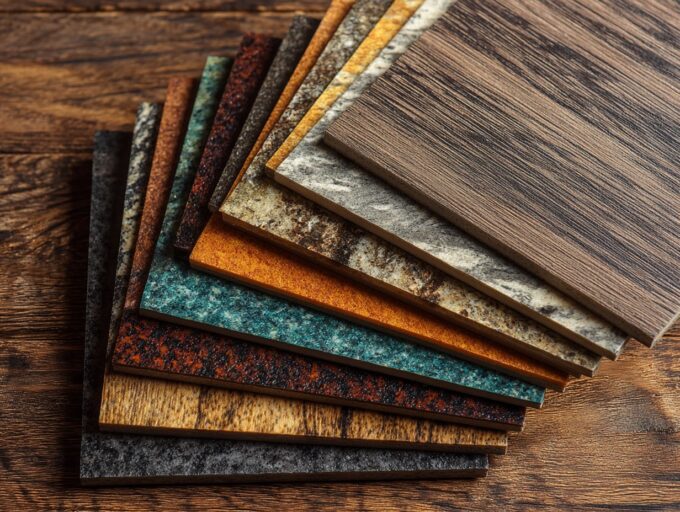




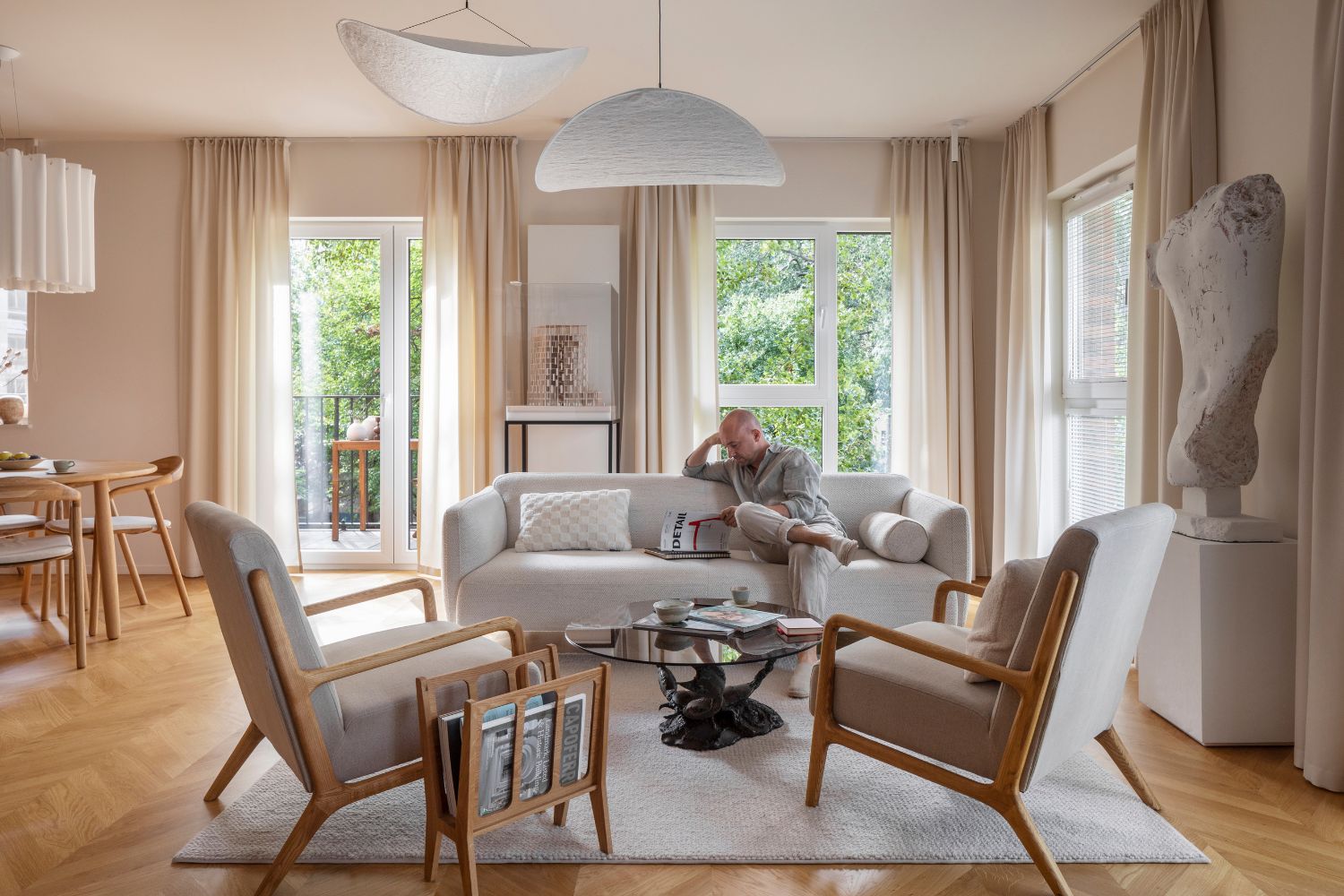
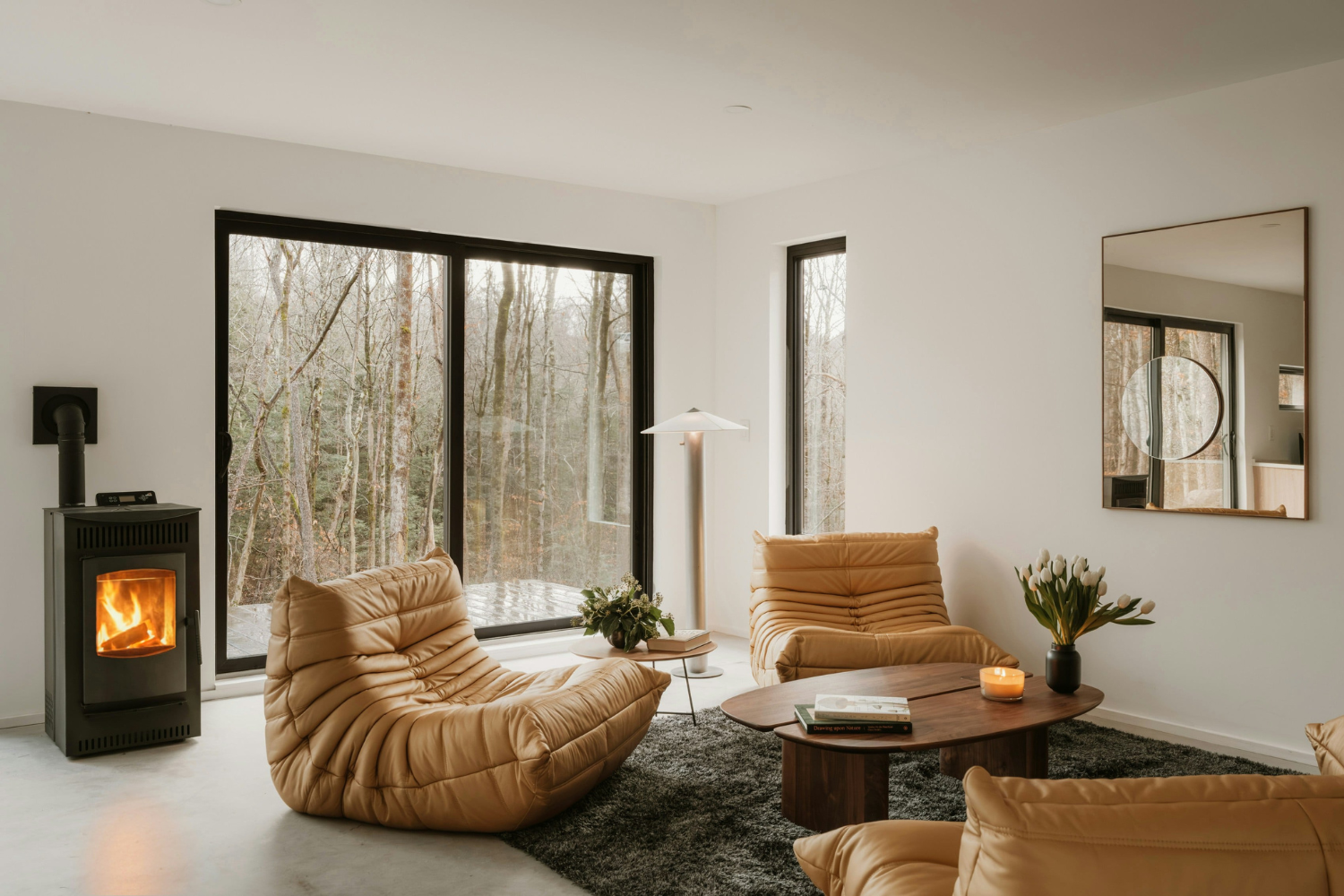
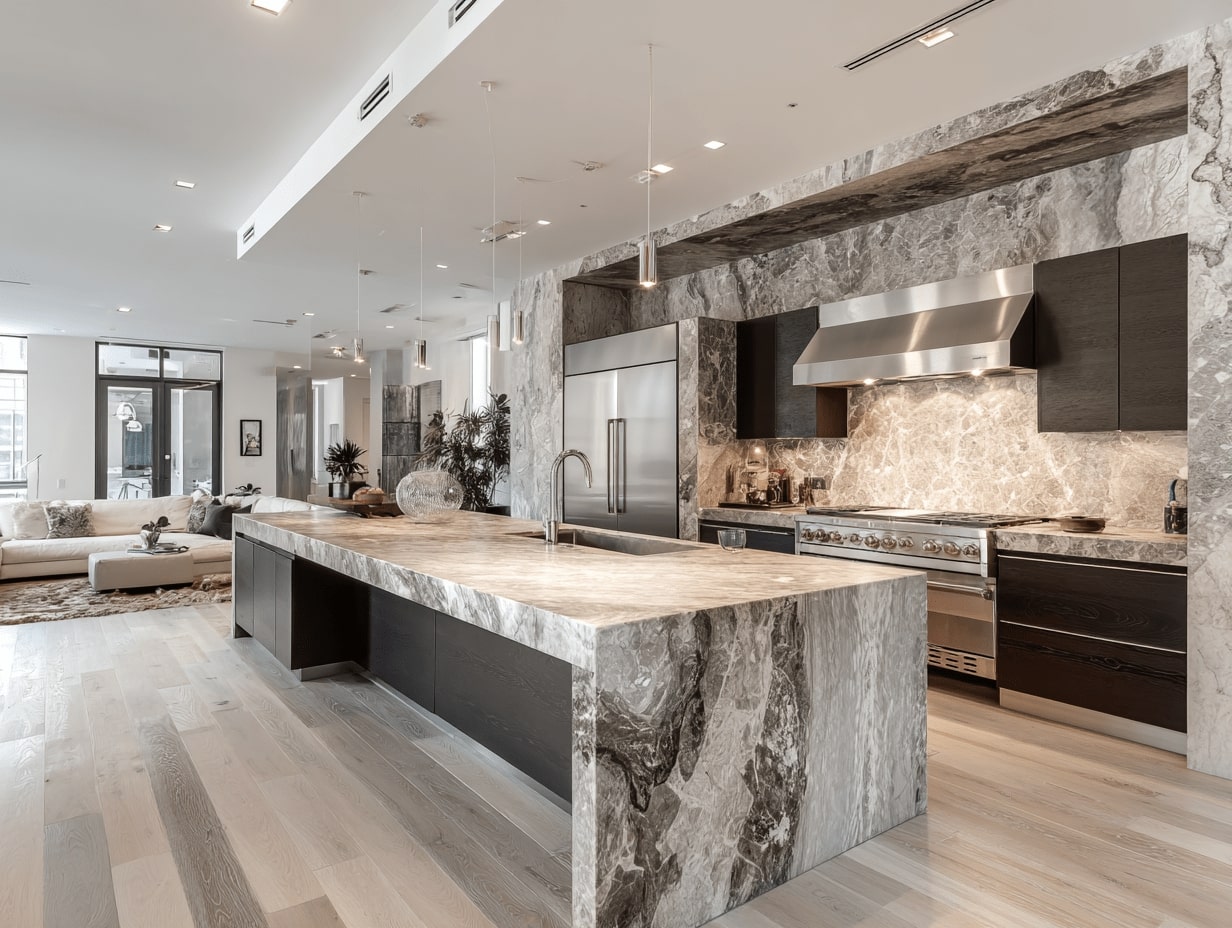
Leave a comment